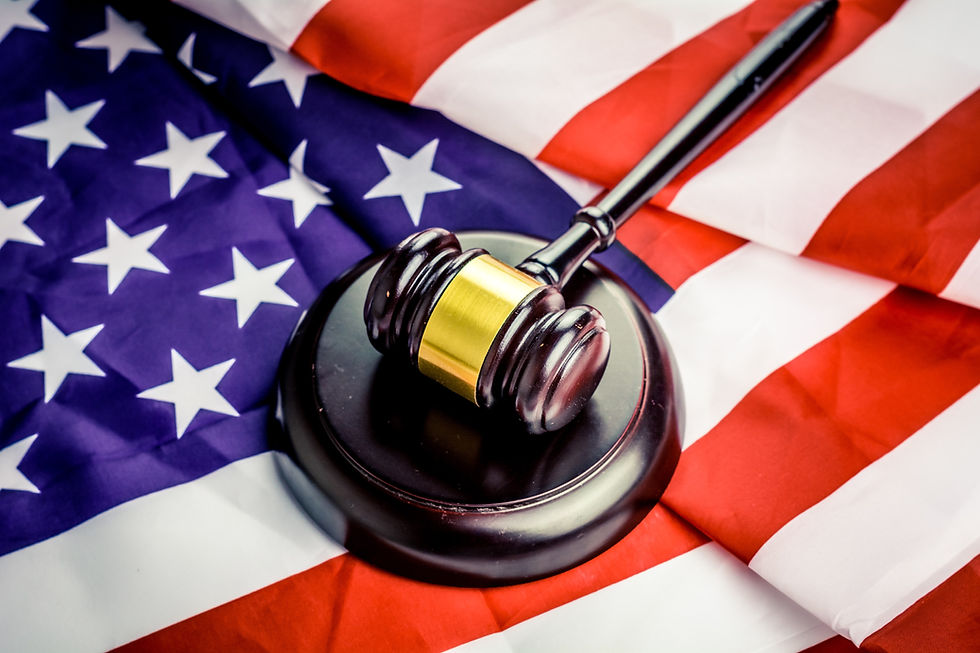Printed Publications and Their Role in IPRs
- John Laurence
- Jan 18
- 2 min read

The United States Court of Appeals for the Federal Circuit recently addressed a pivotal question in patent law regarding the interpretation of "printed publications" and their applicability as prior art in Inter Partes Reviews (IPRs). In the case of Lynk Labs, Inc. v. Samsung Electronics Co., Ltd., the court clarified when a published patent application can be deemed prior art and emphasized the statutory provisions governing this interpretation.
The central issue revolved around whether a published patent application can serve as prior art as of its filing date or only as of its publication date. The Federal Circuit held that under 35 U.S.C. § 102(e)(1), published patent applications are considered prior art as of their filing date, provided they meet the necessary statutory criteria.
This decision relied on the interpretation of 35 U.S.C. § 311(b), which permits IPR challenges based on "prior art consisting of patents or printed publications." The court explained that the term "printed publication" encompasses published patent applications, which under § 102(e)(1), are recognized as prior art from their filing date, even if they become publicly accessible only upon publication. A patent application is typically published 18 months after its effective filing date, at this point, it qualifies as a "printed publication."
The court distinguished this interpretation from other provisions, like §§ 102(a) and (b), where the timing of public accessibility is critical. The court reasoned that Congress explicitly intended to treat published patent applications differently under § 102(e)(1), granting them prior-art status as of their filing date.
This ruling underscores that published patent applications, despite becoming publicly accessible after filing, can play a decisive role in IPRs. Their inclusion as prior art simplifies the evidentiary requirements, aligning with Congress's intent to streamline the adjudication of patent validity by focusing on publicly accessible documents rather than less tangible forms of prior art, such as public use or sale.
The practical takeaways from this decision include:
1. Filing Date Matters: Patent applicants should be aware that their applications may become prior art against later-filed patents as of their filing date, provided the application is eventually published.
2. IPR Strategies: Petitioners in IPRs can leverage published patent applications as prior art with filing dates that predate the challenged patent's priority date.
3. Interpretation Consistency: The decision reiterates the importance of reading statutory language in the context of its legislative framework, particularly in specialized areas like patent law.
The Lynk Labs decision clarifies the interplay between statutory provisions concerning prior art and IPRs. The court reinforces a framework that balances innovation protection with mechanisms for challenging patent validity by affirming the prior-art status of published patent applications from their filing date.










Comments